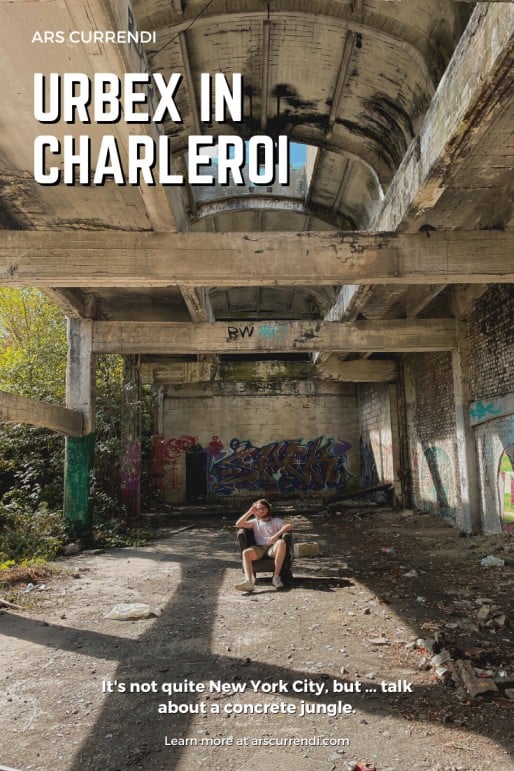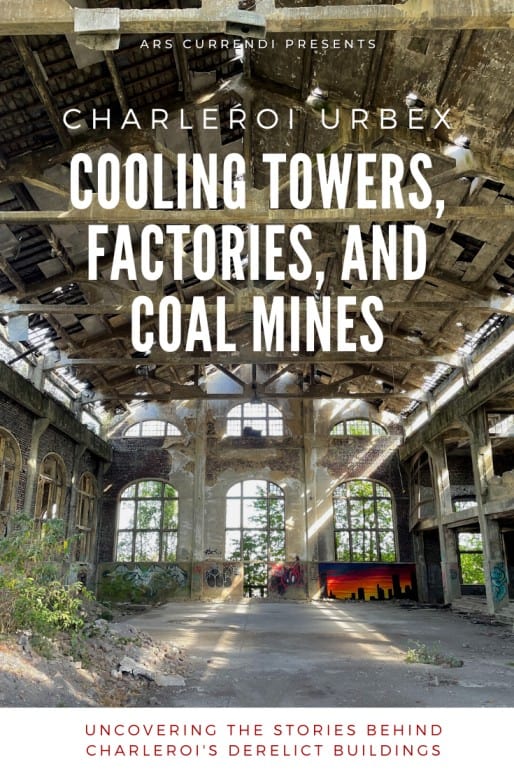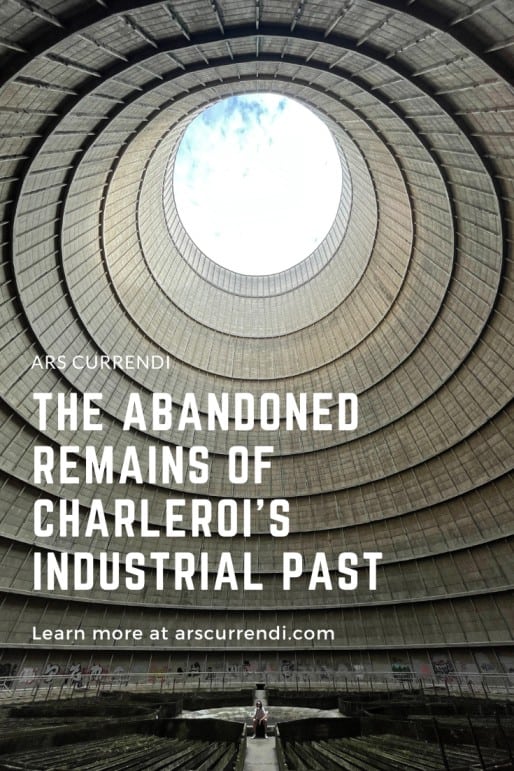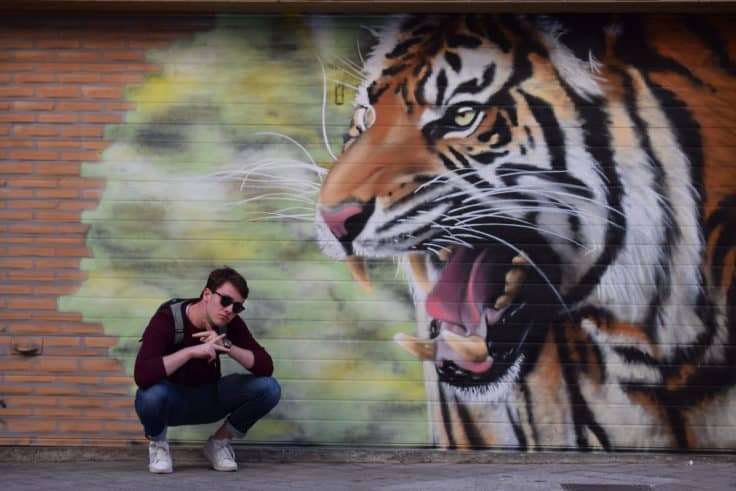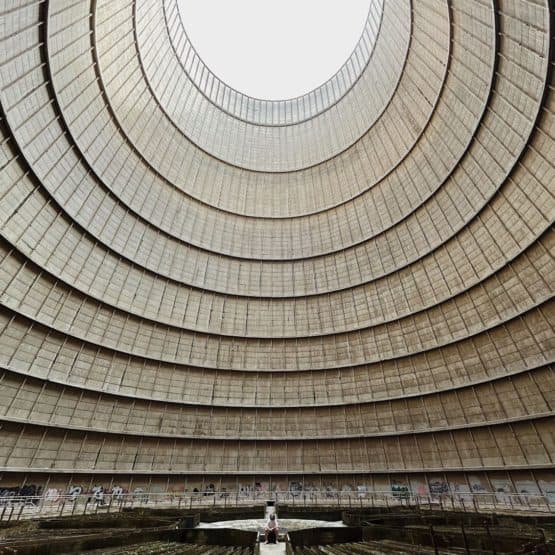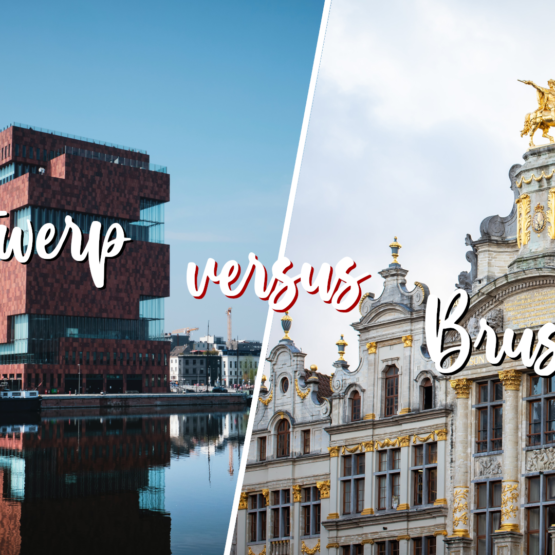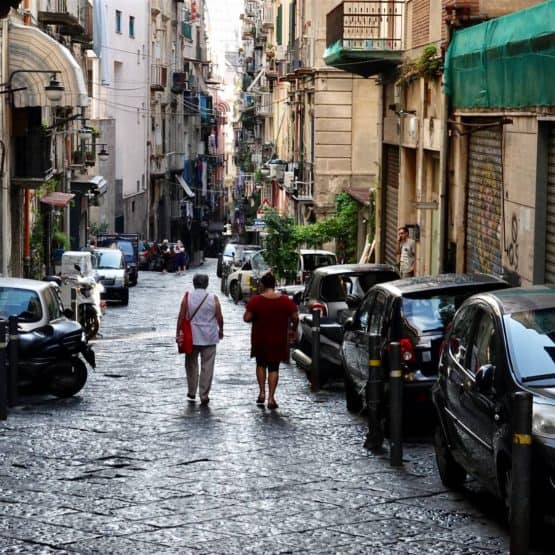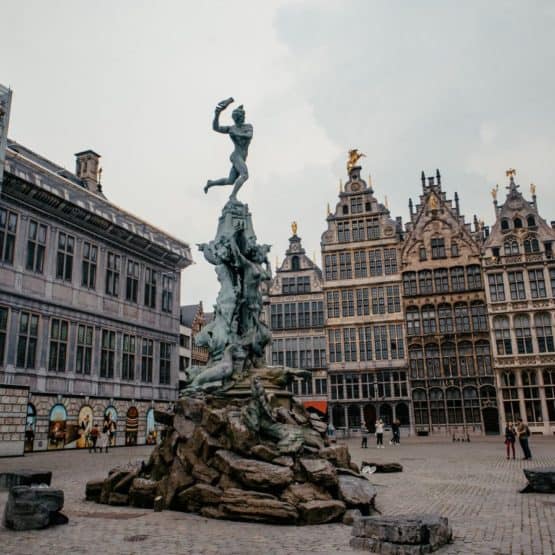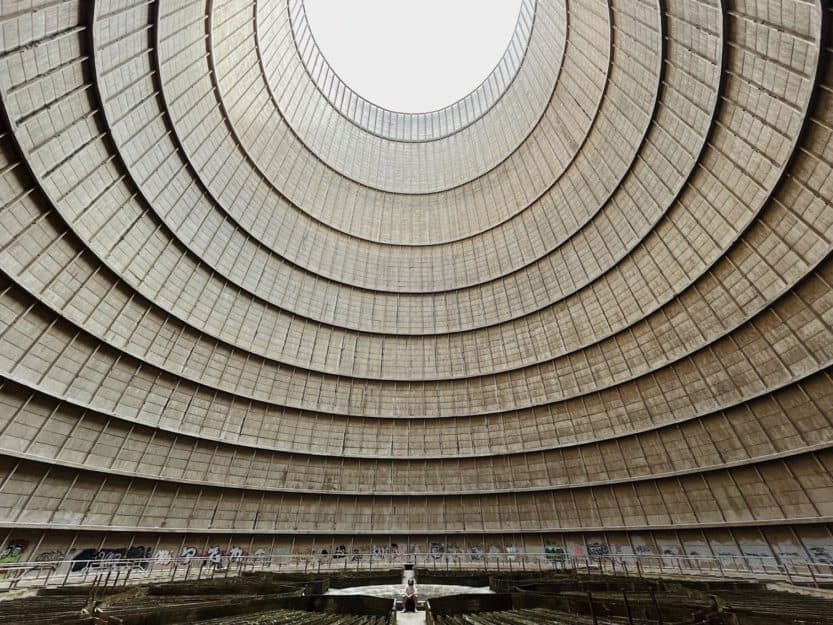
I’ve told people I want to visit Charleroi for over two years. It’s the third-largest city in Belgium and has a rich heritage as an industrial hub. The only problem? A 2008 survey by Dutch newspaper De Volkskrant named it the ugliest city in the world — and even the official Wallonia tourism page agreed.
So what’s the appeal of visiting the ugliest city in the world?
Charleroi is in the centre of a coal basin. In other words, the perfect place for a thriving industrial economy. Steel, iron, glass, and chemical production sites were Charleroi’s bread and butter in the 19th and 20th centuries.
In the 1970s, however, demand for non-renewable energy sources slowly but steadily decreased. Steel mills and factories had to close their doors, making dozens of huge buildings in the area derelict shells of themselves.
A sad story for the city’s already bleak skyline.
And music to urban explorers’ ears.
Related: Why I visited an abandoned children’s hospital in Berlin
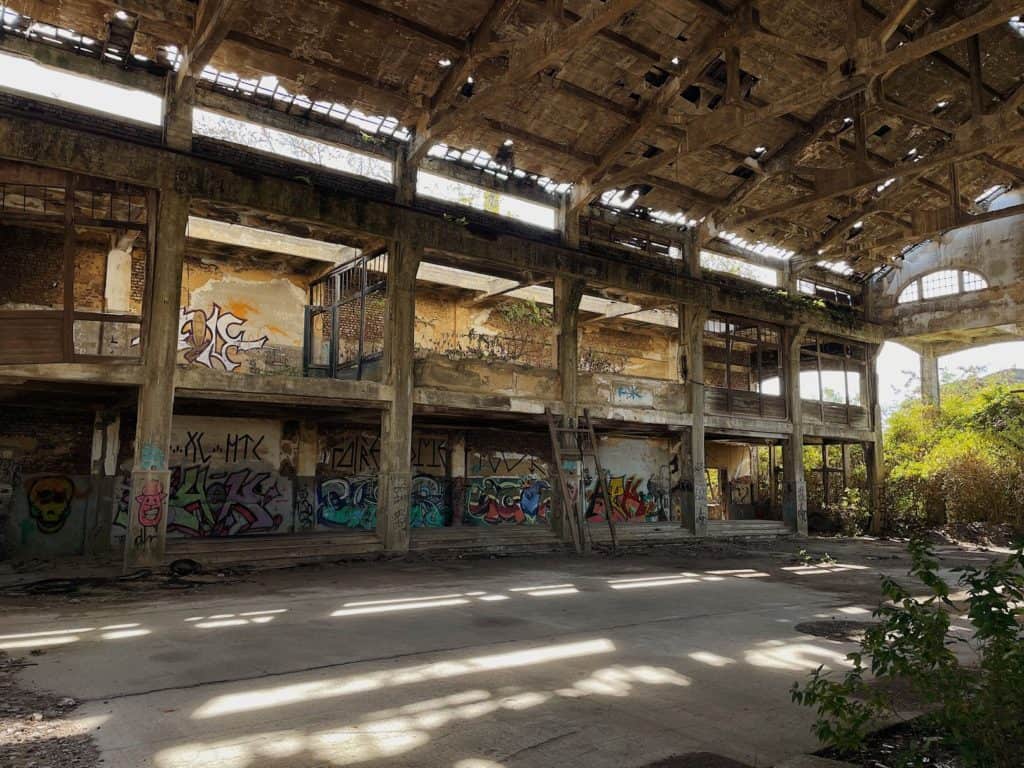
Discovering the city’s forgotten buildings
Charleroi amassed significant power thanks to its absolute reliance on the mining and steel industries. That industrial power was fleeting, though. What remains are shadows of the city’s past — stark reminders of the force Charleroi could have become.
Was this change devastating for local companies’ shareholders? Yes.
Does it now give adventurous spirits the chance to discover the city through a 20th-century coal worker’s eyes? Also yes.
For anyone who is not afraid of climbing stone-and-wood constructions that may have been sturdy some time ago or jumping a few metal fences, Charleroi is paradise — hidden in plain sight.
The Charleroi urbex adventure, part 1: abandoned cooling tower
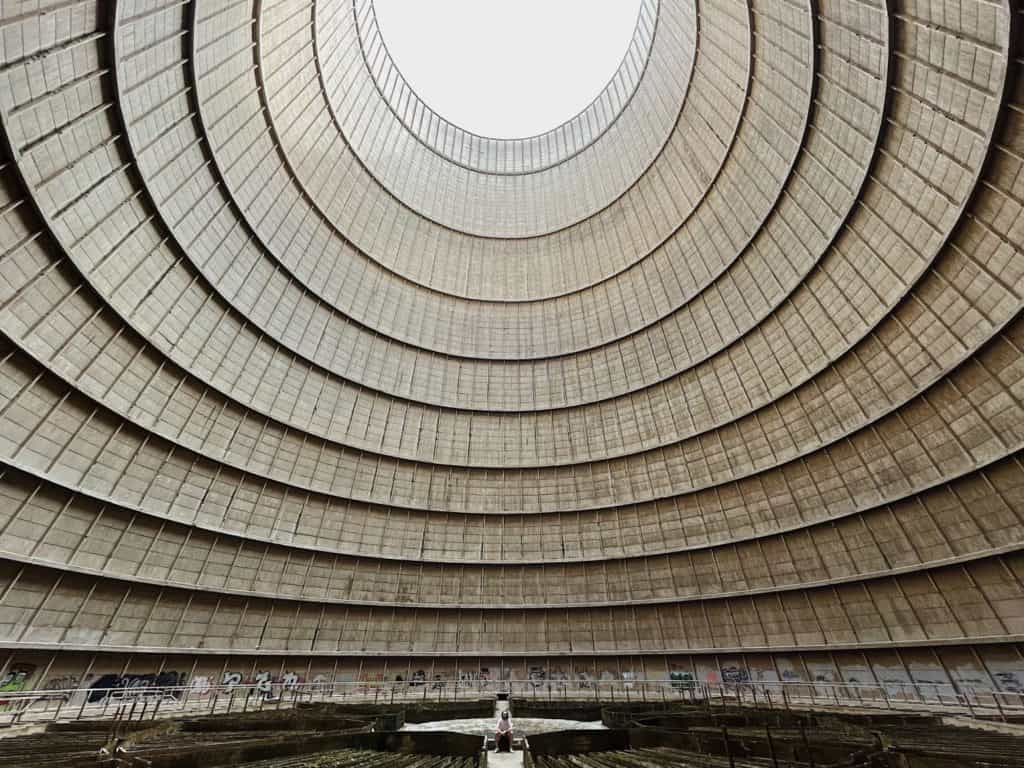
Stop one: an abandoned coal-fired power plant some 6 km outside the city centre. The cooling tower — Power Plant IM — saw the light of day in 1921. It was one of the largest power plants in the country for decades.
But when a 2007 report revealed the plant was responsible for 10% of the total CO2 emissions in Belgium, Greenpeace protests ensued. The structure closed shortly after.
In the following years, several measures were taken to deter people from entering the building. Doors were locked and sealed, staircases were removed, and all known entrances were closed off.
With some thorough investigation, you can still find climbable stone beams — if you’re not afraid of the decaying structural integrity of a 100-year-old building, that is.
If you do end up inside the tower, you’ll see something that could have come straight from a big-budget science fiction flick.
The building has been scheduled for demolition for a few years, but nobody knows exactly when this will take place.
The Charleroi urbex adventure, part 2: abandoned coal factory
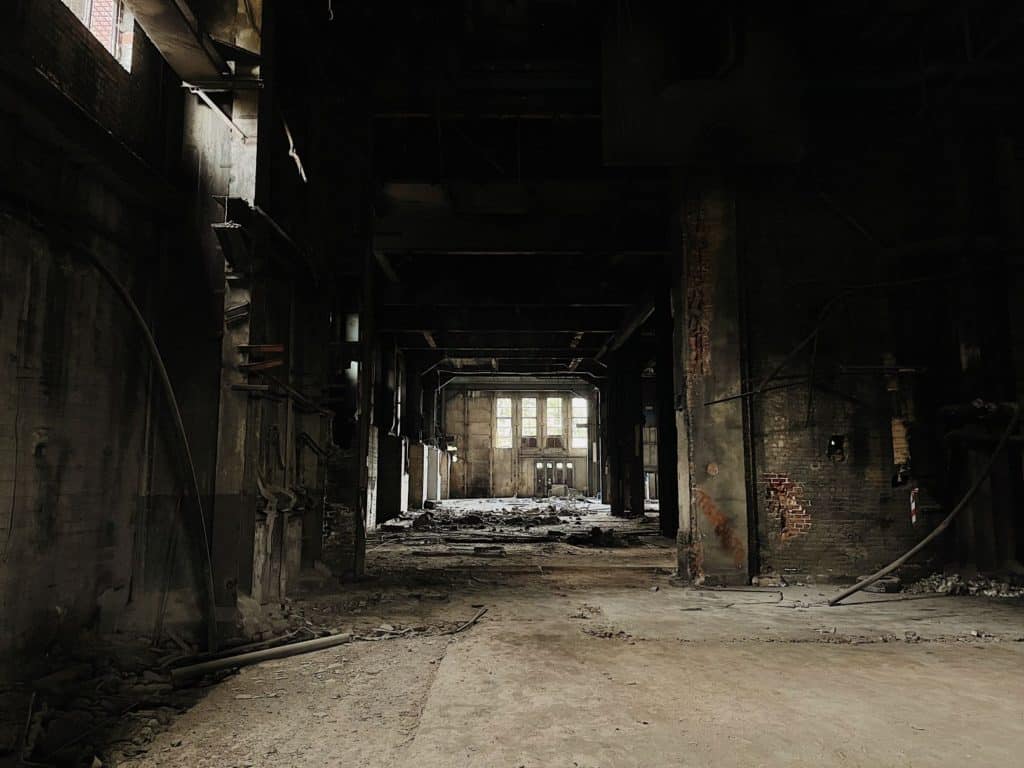
Next stop: the coal factory just across the river Sambre.
This factory was part of the same power plant, which, in its heyday, was one of the most important energy providers in Belgium.
Not much information can be found about this building online except that production came to a halt in 2007 and the facility closed its doors in 2010.
Demolition of this site started in 2014, but most of the plant was still standing in September 2022. An adjacent office building even became an airsoft location for a while.
Over the years, the high glass walls became broken windows and pillagers looted the metal machinery inside. What remains is an impressive skeleton of a building, once again reminding visitors of the city’s forgotten glory.
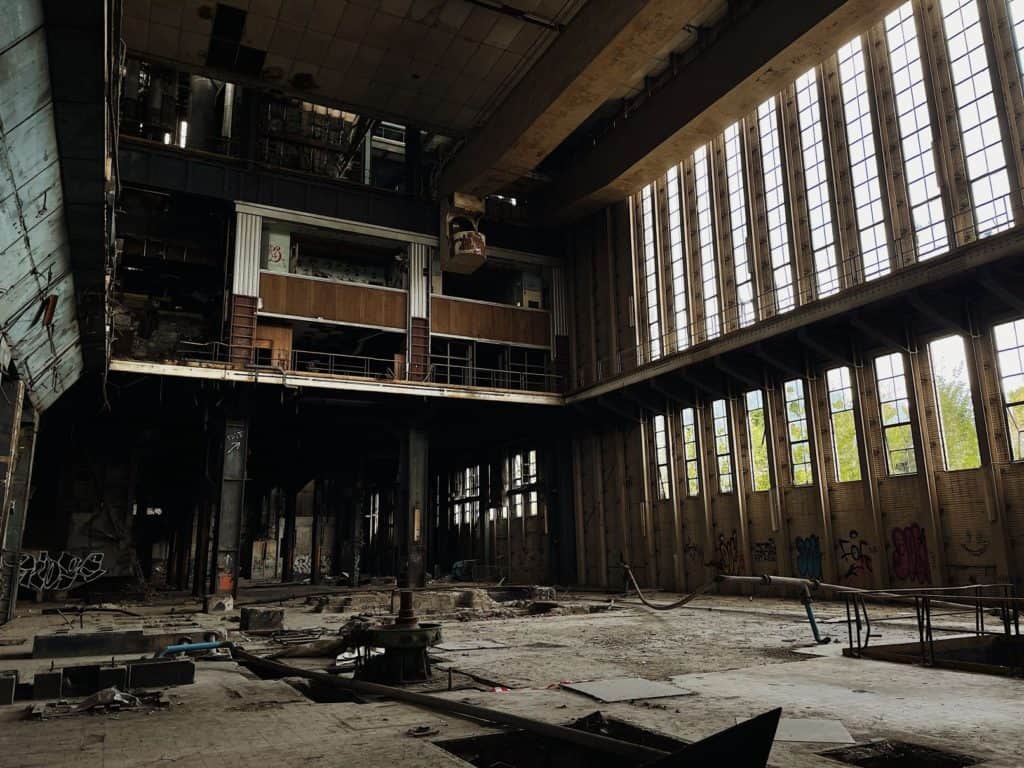
The Charleroi urbex adventure, part 3: abandoned coal mine
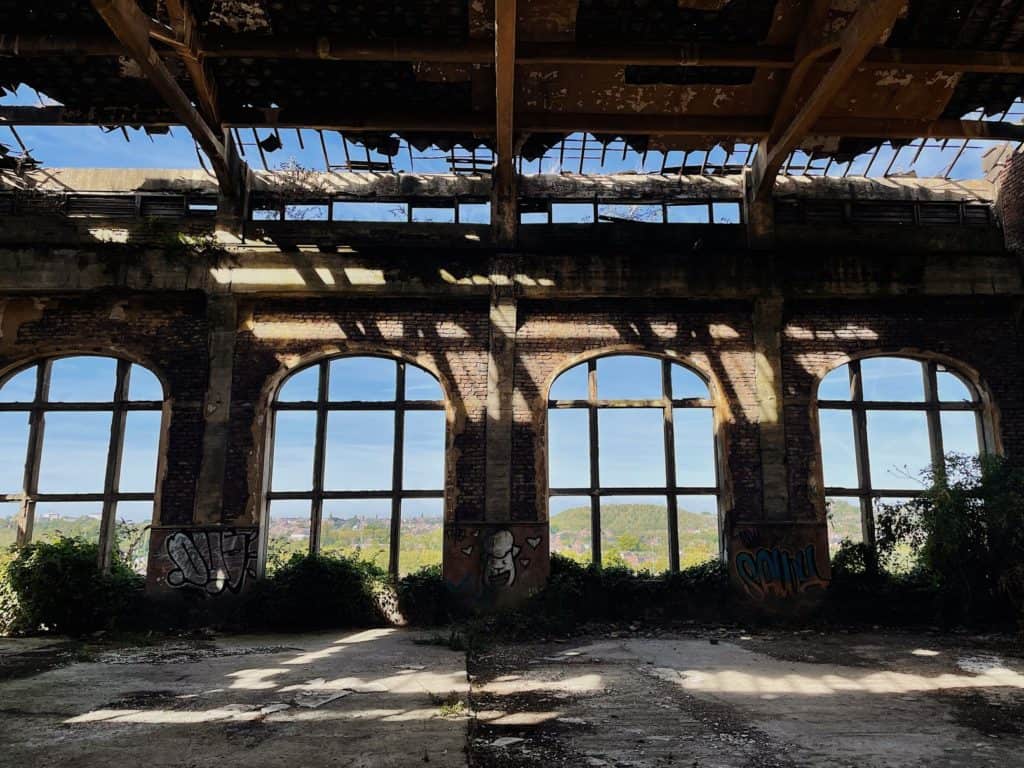
As the steel industry in the south of Belgium grew, demand for coal steadily increased. Dozens of companies inaugurated large factory buildings, storage spaces, and coal mines in and around Charleroi.
One of the leading mining companies in Belgium owned this building. It was the company’s tenth mining well, where around 145,000 tonnes of coal were mined every year.
But the fairy tale soon reached its final page — and it wasn’t a happy ending.
In the spring of 1969, the mine closed its doors. The company ceased operations just a few months later. Since that fateful year, the building has been in the hands of several owners. One of them even wanted to turn it into a zoo.
Spoiler alert: that didn’t happen.
Now, when visiting this site, you’ll notice some ongoing business in the front part of the plant. And no, it’s not ghosts, human traffickers, or drug addicts. A concreting company still uses this part — but the barking dogs and clattering machines are easy to surpass on a dirt path to the left.
In what remains of the city’s industrious history, Mother Nature seems to be reclaiming what’s rightfully hers. Trees are growing from the brick walls, stubborn grass is creeping through the floors, and a bed of soft moss is retaking the central square.
It’s not quite New York City, but … talk about a concrete jungle.
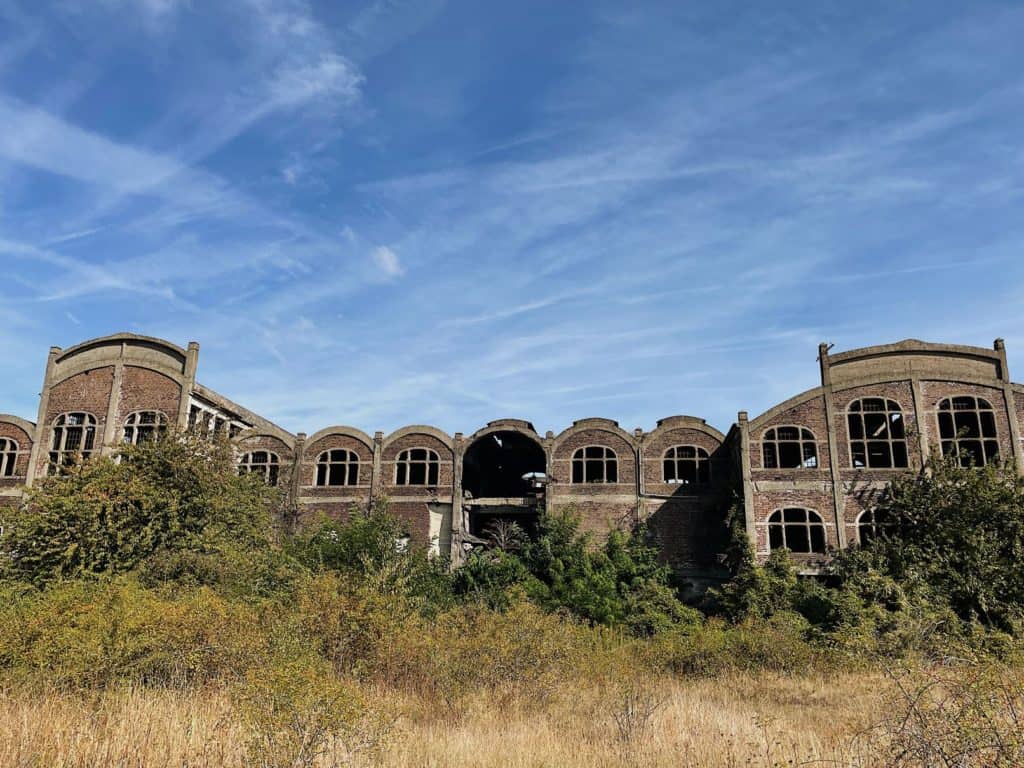
Seeing these buildings devoid of human life — a shell of what they once were — is a humbling reminder of nature’s tremendous power.
We’re only here for a cosmic second, but the forces of nature will remain long after we’re gone.
Keep that in mind the next time you’re worrying about that missed deadline.
Note: I’m deliberately not sharing where you can find these Charleroi urbex locations. They’re easy enough to find with a 5-minute Google search. I’m happy to share more information in a private message, but since urbexing is tolerated at best and downright illegal at worst, I’d rather not risk it.
PIN IT!

